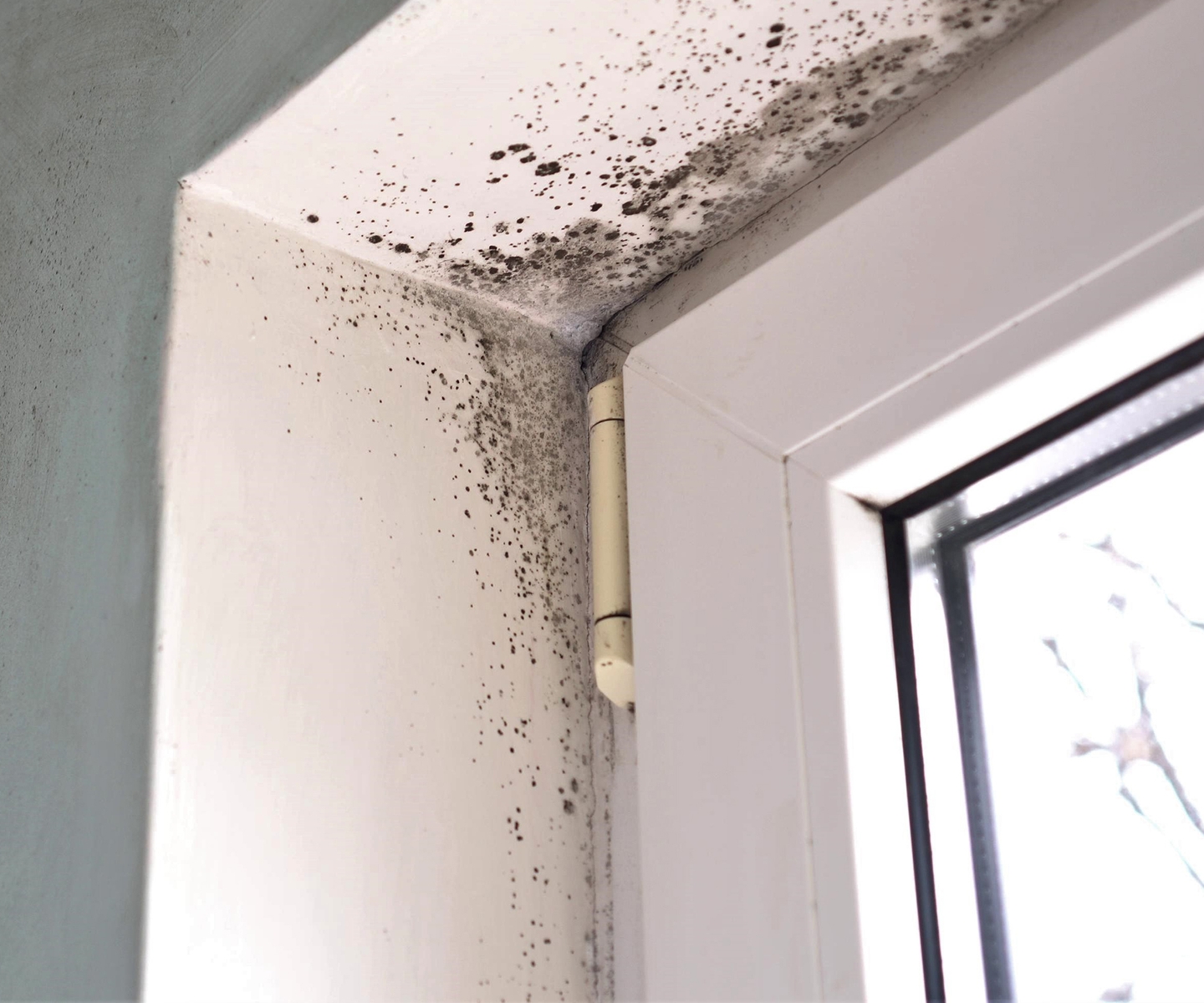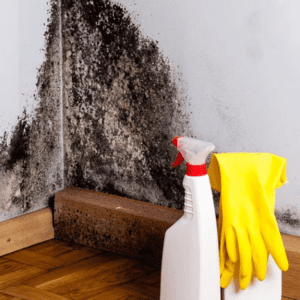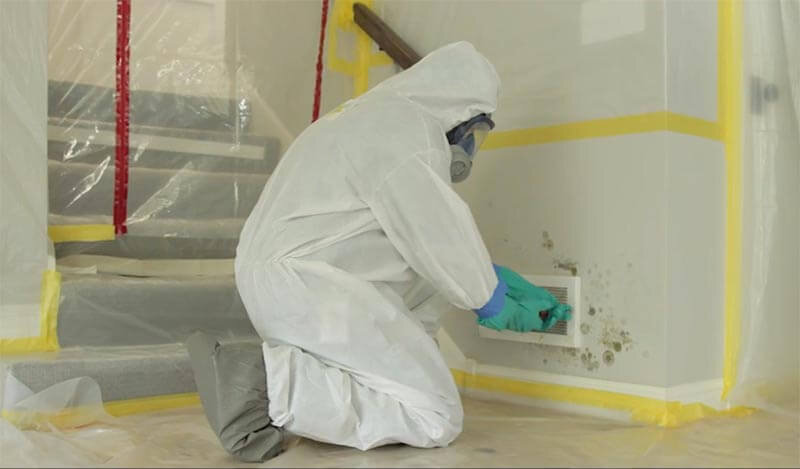Vital Steps After Mold Remediation
Vital Steps After Mold Remediation
Blog Article
Your Ultimate Overview to Blog Post Mold Removal Strategies
In the after-effects of mold and mildew problem, understanding how to successfully eradicate the mold and avoid its reoccurrence is paramount for preserving a healthy and balanced indoor setting. From selecting the best cleansing and disinfecting approaches to executing approaches for long-term mold avoidance, each step in the remediation trip plays a vital function in making sure an effective outcome.
Understanding Post-Mold Removal Process
After completing the mold and mildew removal process, it is crucial to recognize the post-mold removal methods that are necessary to make certain a detailed and effective cleanup. When the mold has actually been eliminated, the following step entails cleaning and decontaminating the impacted locations to avoid any regrowth of mold.
In addition, conducting a last evaluation post-remediation is vital to make certain that all mold has actually been efficiently eliminated. This evaluation must involve a comprehensive visual check in addition to possibly air sampling to verify the lack of mold spores airborne. Extra removal may be required if the assessment discloses any lingering mold and mildew. Enlightening occupants on preventive steps such as regulating dampness degrees and without delay resolving any type of water leaks can assist maintain a mold-free atmosphere.
Effective Cleaning and Disinfecting Techniques

Avoiding Future Mold Growth

Relevance of Correct Air Flow
Appropriate air flow plays a critical role in preventing dampness accumulation, a key consider mold and mildew growth within indoor atmospheres. Efficient air flow systems assist remove excess moisture from the air, decreasing the opportunities of mold spores locating the wetness they need to sprout and spread. Without sufficient air flow, indoor areas can come to be a breeding place for mold, causing potential health and wellness threats and architectural damage.
By making sure proper air flow, air flow systems can also aid in drying out moist locations faster after water damages or flooding incidents, additionally hindering mold growth. testing air quality after mold remediation. Precede like shower rooms, attic rooms, kitchen areas, and cellars where moisture levels tend to be greater, mounting and maintaining effective ventilation systems is vital in preventing mold infestations

Tracking and Maintenance Tips
Offered the essential duty that proper air flow plays in protecting against mold growth, it helpful resources is essential to establish effective surveillance and maintenance pointers to make sure the continued performance of air flow systems. Normal evaluations of air flow systems must be performed to examine for any type of indicators of obstructions, leakages, or malfunctions that could restrain proper air movement. Monitoring moisture levels within the property is likewise vital, as high moisture can contribute to mold growth. Setting up a hygrometer can help track moisture levels and sharp homeowners to any type of spikes that might require interest. Additionally, making certain he has a good point that air filters are consistently cleaned or changed is essential for preserving the efficiency of the ventilation system. Applying a schedule for routine maintenance tasks, such as air duct cleansing and a/c system inspections, can assist protect against concerns before they rise. By staying conscientious and positive to the problem of air flow systems, building proprietors can efficiently alleviate the threat of mold and mildew regrowth and maintain a healthy indoor setting.
Final Thought
Finally, post-mold remediation techniques are essential for ensuring a secure and tidy environment. Understanding the procedure, carrying out reliable cleaning and disinfecting approaches, stopping future mold and mildew growth, preserving appropriate ventilation, and routine monitoring are all crucial actions in the removal procedure. By complying with these guidelines, you can efficiently eliminate mold and stop its return, promoting a healthy and balanced living or working area for all residents.
In the results of mold problem, understanding exactly how to effectively remove the mold and avoid its reoccurrence is extremely important for preserving a healthy and balanced indoor environment. As soon as the mold has been removed, the following action involves cleaning and sanitizing the affected locations to prevent any type of regrowth of mold and mildew - testing air quality after mold remediation. After eliminating noticeable mold growth, it is vital to cleanse all surfaces in the damaged area to remove any staying mold and mildew spores. To additionally enhance mold avoidance actions, it is important to attend to underlying problems that at first led to mold and mildew growth.Offered the crucial role that correct air flow plays in stopping mold and mildew development, it is imperative to develop efficient tracking and maintenance suggestions to make sure the continued functionality of air flow systems
Report this page